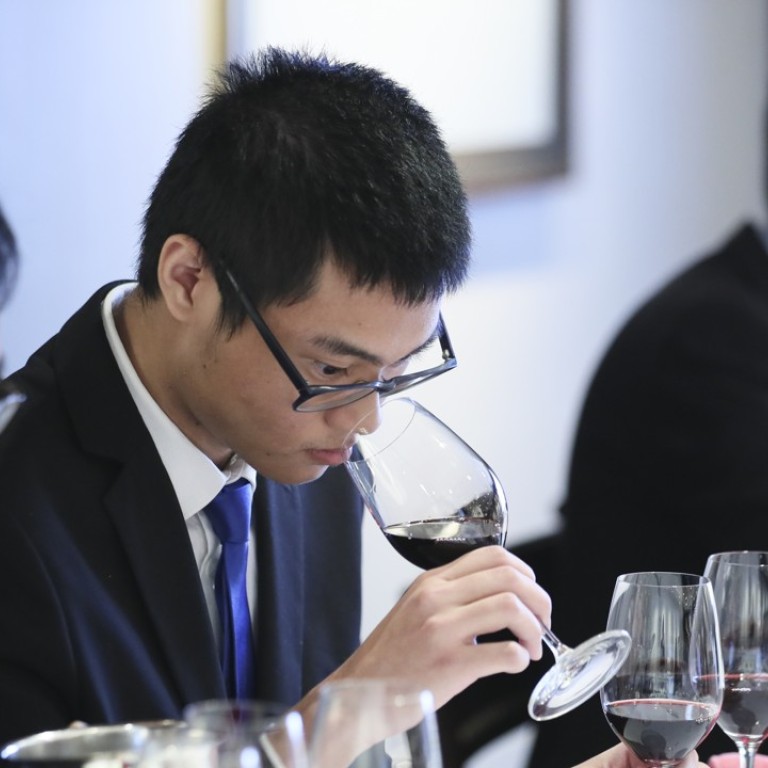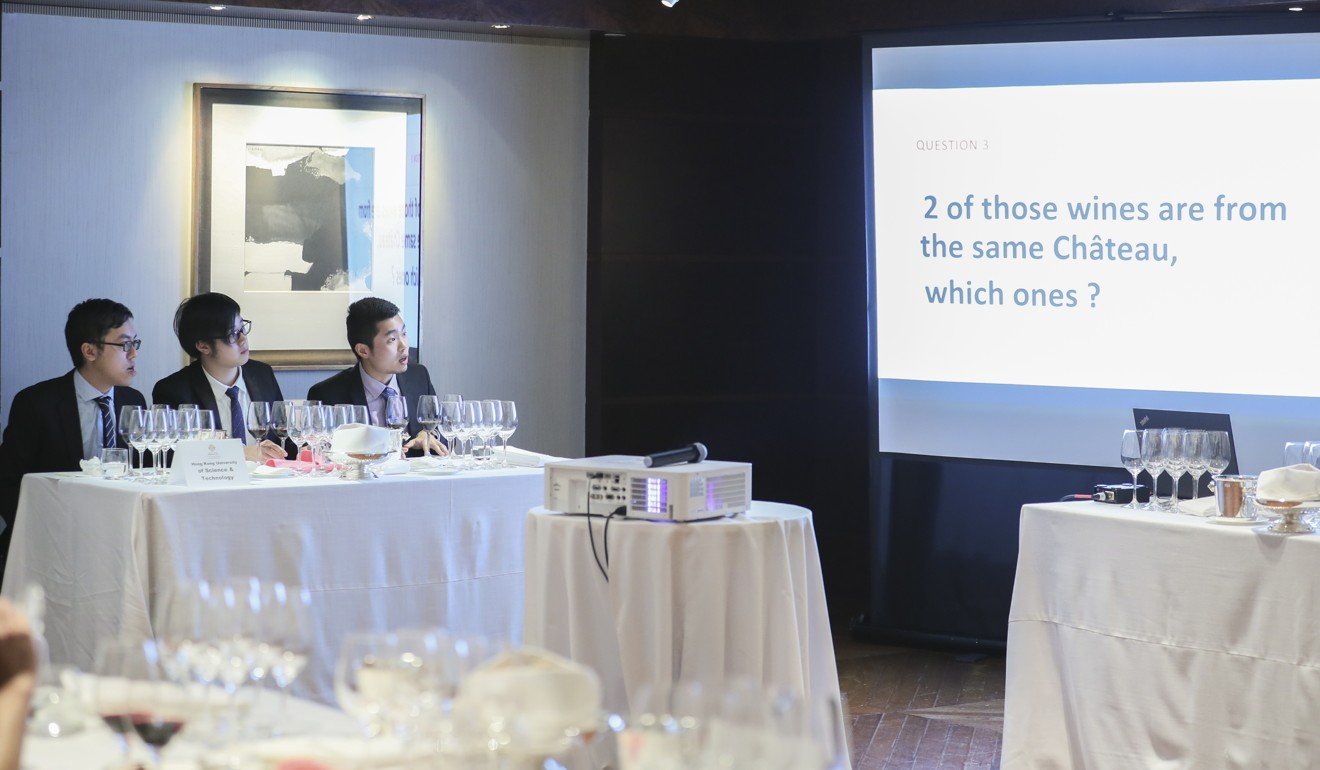
Hong Kong university’s wine club heads to Bordeaux for ultimate taste test
Having won the Left Bank Bordeaux Cup’s Asia regional competition, members of the Hong Kong University of Science and Technology’s wine club are now all set for the final, which will be held at famed Château Lafite Rothschild
At the Left Bank Bordeaux Cup’s Asia competition, which was held at the Grand Hyatt, in Wan Chai, in February, the coach of the Hong Kong University of Science and Technology (HKUST) team asked me to give his group a pep talk ahead of the blind tasting. The team went on to win the contest and will be heading to Bordeaux, France, in June for the world final to compete against teams from Yale, Cornell, Harvard, Cambridge and other illustrious universities.
The competition started as a way to introduce a new generation to the wines of Bordeaux. In each city where the competition is held, it is sponsored by the local chapter of the Commanderie de Bordeaux, which can be traced to the Middle Agesand upholds industry traditions while promoting the wines of Bordeaux.
In Hong Kong, members of the Commanderie de Bordeaux volunteer their time at their alma mater’s wine club. Prospective student candidates are invited to join the wine club at the beginning of the school year, and those who show the most promise are chosen to participate in the Hong Kong round of the Bordeaux Cup. This year, five institutions took part: Chinese University, City University, Baptist University, the Hong Kong Institute of Vocational Education and HKUST. The chosen students, in addition to juggling their normal course loads, must also find the time to attend a weekly wine tutorial.
The competition tests candidates in a number of areas – an in-depth knowledge of Bordeaux and Sauternes is key, as are the minutiae of who’s who at each chateau, its labels and grapes. The area where the most expertise is needed, however, is the blind tasting.

Ahead of the final, I volunteered to help the HKUST team better prepare for the blind tastings. Before joining the school’s wine club, the students had been just occasional wine drinkers. They learned a lot in the few months they gathered to taste wines, but it was time to buckle down and fine-tune their palates.
We started with the basics, by tasting blind the major grapes of Bordeaux – cabernet sauvignon, cabernet franc, merlot and petit verdot. I threw in one more grape – carménère, which still exists in minute quantities in Bordeaux. In the beginning, the students struggled to identify the grapes but after profiling the flavours of each, they were better able to distinguish them.
The next exercise was to play winemaker. Referencing what each chateau grows in its vineyards, I took the percentages of what was planted then applied that ratio to the varietals we had on hand and blended them together. It was eye-opening to see how the grapes interact with each other to form different palate impressions.
It was interesting to discover how a small amount of petit verdot (a difficult grape to find on its own) influences a wine. With my home-blended Château Palmer (Margaux), which had 6 per cent petit verdot and 47 per cent each of cabernet sauvignon and merlot planted, we found the wine had pleasantly plummy black fruit with a touch of dark chocolate on the finish.
Our home-made Montrose (St Estephe), with 2 per cent petit verdot, 60 per cent cabernet sauvignon, 32 per cent merlot and 6 per cent cabernet franc, was completely different – more tannic, slightly dried red berry fruit, with a bit of chalkiness on the finish. But is this due to the cabernet franc or the cabernet sauvignon? We retasted the grapes on their own and found that the cabernet sauvignon provides the tannin factor and the cabernet franc the chalk.
The final will be held at Château Lafite Rothschild, which has a history going back to 1234. Fingers crossed the celebrated surroundings will not distract the Hong Kong team.

